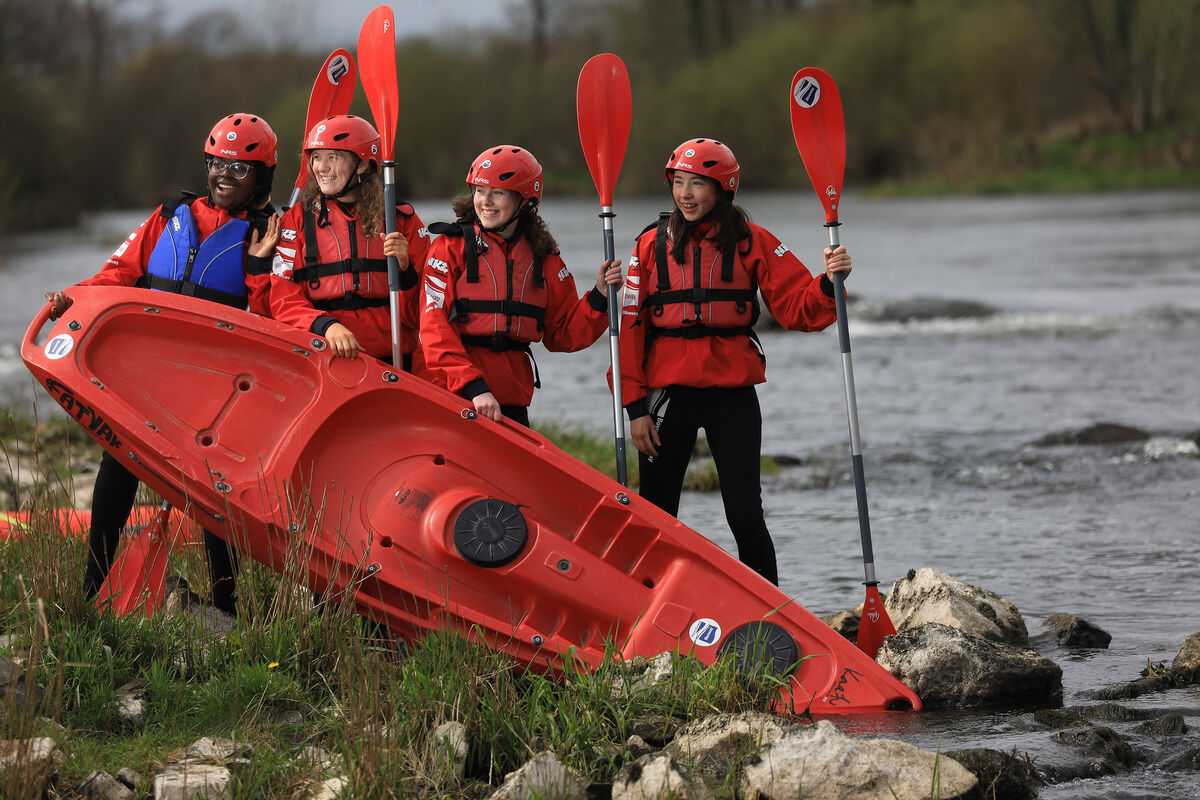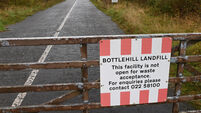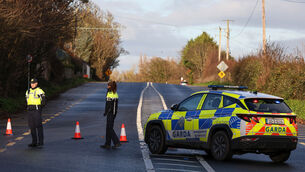Ireland's newest national park to help develop eco-friendly farming

The Boyne Valley boasts heritage highlights including Brú na Bóinne's Newgrange and Dowth — but the new national park is tipped to also be used to examine how Ireland can now 'merge farming for nature with intensive agriculture'. Picture: Meath County Council/PA
Ireland's newest national park is to be used as a testbed for developing ecologically-friendly farming methods.
The new national park will be developed in Co Meath's Boyne Valley after an €11m purchase of 500 acres in an area that is already a Unesco World Heritage site.

CLIMATE & SUSTAINABILITY HUB












